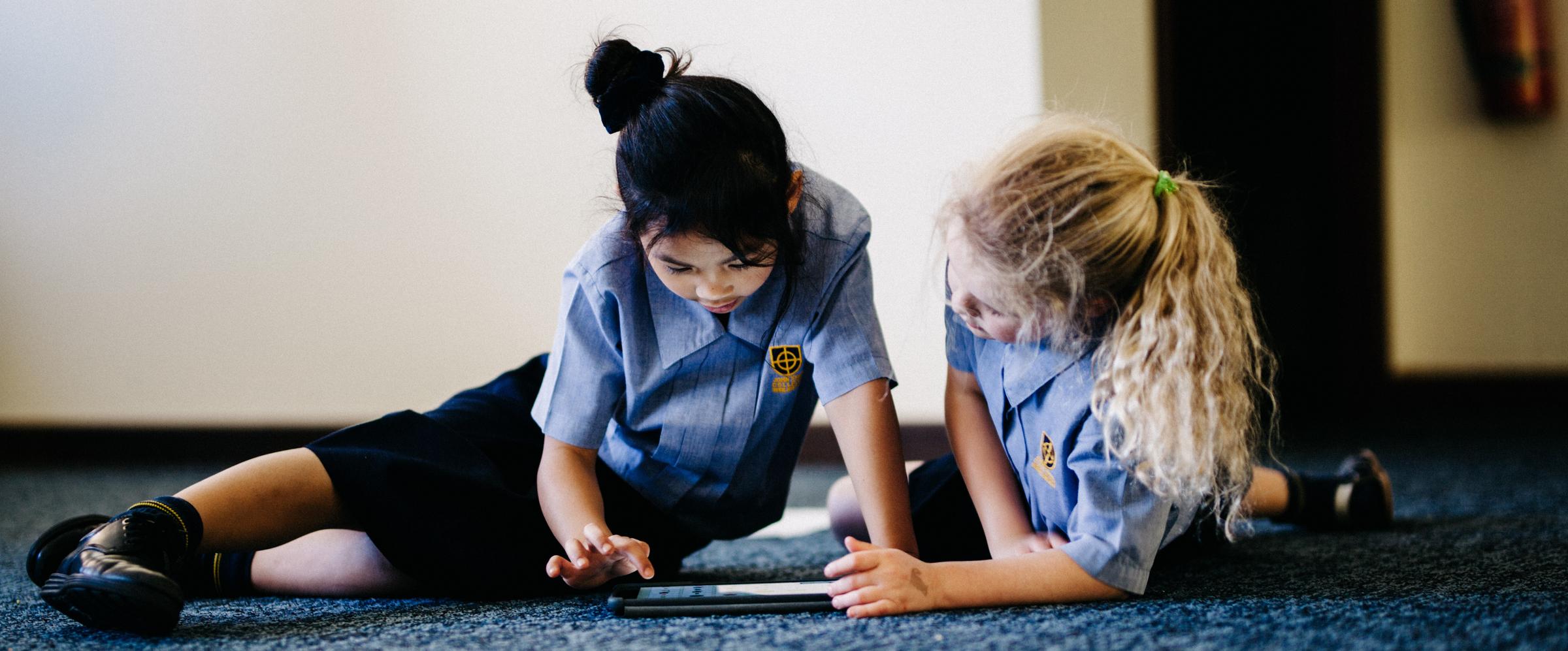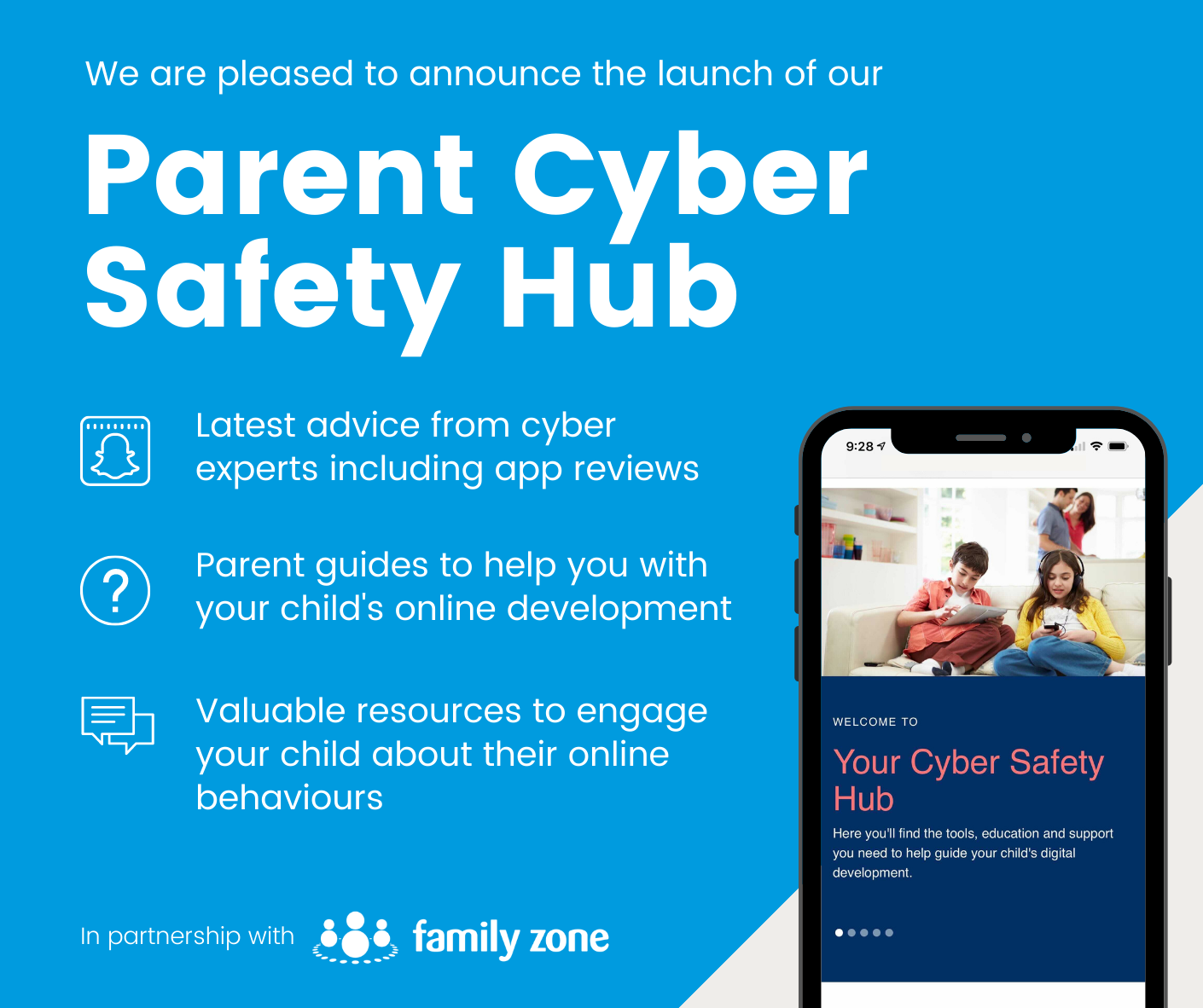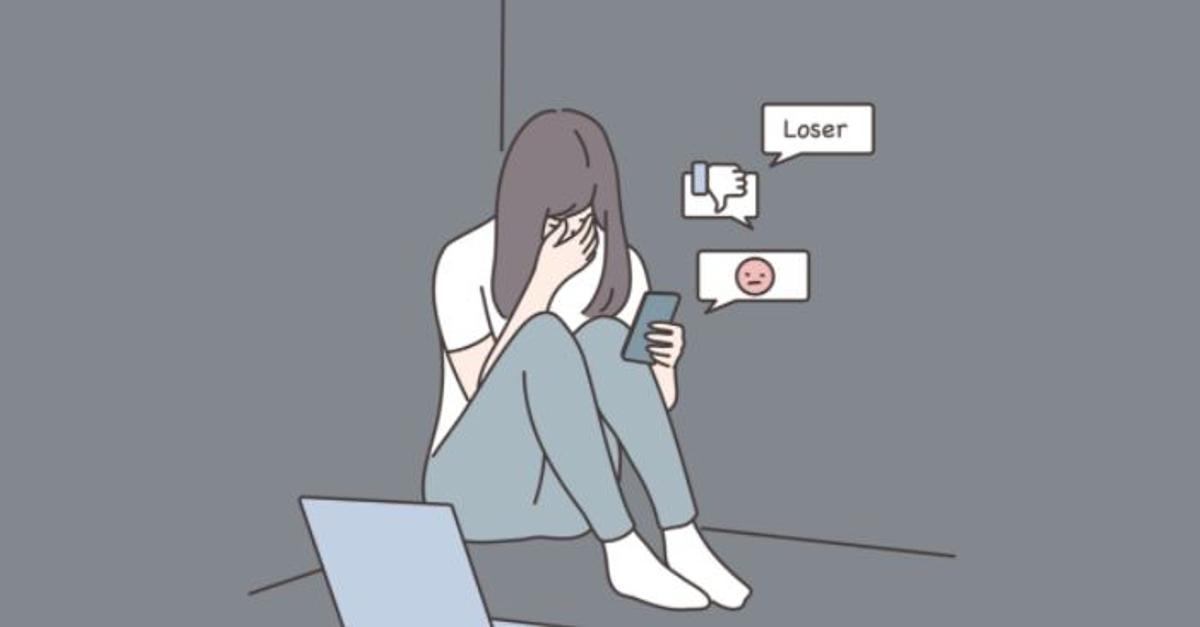Cyber Safety

Check out our Cyber Safety Hub
We are delighted to introduce you to a new resource made available to you through our partnership with Family Zone - our new school Cyber Safety Hub.
As you may already be aware, our partnership provides your family with access to the Family Zone tools to use at home with your children if you wish. The purpose of the Cyber Safety Hub is to complement those tools with practical guidance and information to further support you in engaging with your children in their digital development. These tools and resources also allow the school and parent body to work together on creating a holistic approach to guiding each student's online journey.
You can access the Cyber Safety Hub using the link below:
https://johnxxiii.cybersafetyhub.com.au/
About the Parent Cyber Safety Hub
The Cyber Safety Hub includes resources to help your family better understand the different Family Zone tools available to you and how to use them, plus access to regular cyber safety events to help you stay informed about the latest digital trends.
Also, the Cyber Safety Hub provides expert advice from leading cyber experts, ySafe, on the most pertinent issues and frequently asked questions around platforms like TikTok, Fortnite, Instagram, and more. There are app reviews with age and safety recommendations, along with a range of guides to help ensure healthy boundaries around screen-time & gaming, plus step-by-step instructions for using parental controls and filtering out inappropriate content.
We are very excited to be able to offer you this level of expertise and support. We look forward to working closely with you as we develop the cyber safety conversation within our school community.
The 'alarming new normal' in online harm - and how to tackle it
Online harm and abuse were supercharged in 2020 - setting the scene for an “alarming new normal.”
The most recent statistics from the eSafety Commissioner show 2020 was a year like no other - and not in a good way.
Some of the highlights - or, more accurately, the lowlights - include:
- a 90% increase in illegal online content
- a 114% increase in non-consensual sharing of intimate images.
- a 30% increase in serious cyberbullying of children
- a 40% increase in adult online harassment
“Sadly, we believe these elevated levels of online harm and abuse represent an alarming new normal,” said eSafety Commissioner Julie Inman Grant.
So how do we protect our kids, and ourselves?
First, says Inman Grant, we need to admit what doesn’t work to keep them safe: namely, fear-based messaging and one-off programs.
Instead, “we need to be regularly reinforcing these important lessons in a positive, pragmatic and non-threatening way, and co-designing our programs with the audiences we are trying to reach.”
Safety by design
Above all, she advocates a preventative approach called “safety by design” as having the best chance for success. It’s an ambitious goal that entails convincing - or compelling - tech companies to put safety at the core of any product they design, develop and deploy, and ultimately reap profits from.
It’s a standard we expect from other manufacturers, Inman Grant points out. Why should tech companies be exempt?
“When we get into our cars, we almost take for granted that the brakes will work, the seatbelts will be effective and the airbags will deploy when needed.
“We want similar safeguards to become standard in the online world.”
The problem, of course, is that physical harm is tangible and easily documentable, while emotional or psychological harm is not. Holding tech companies responsible for, say, contributing to high rates of depression and anxiety among teens is very different to regulating standards for airbags or emissions.
“When we get into our cars, we almost take for granted that the brakes will work, the seatbelts will be effective and the airbags will deploy when needed.
“We want similar safeguards to become standard in the online world.”
Inman Grant, herself a former tech industry executive, insists “safety by design” is an achievable goal.
“During my tech industry days, we used to call it ‘coopetition’ and while we’ve seen this work with security and privacy, we’re yet to see it applied to online safety.
“It’s time for this to change.”
New legislation and expanded powers
It’s also time for legislation to change, she notes, and the proposed Online Safety Bill 2021 aims to do just that.
Replacing Australia’s two-decades-old content regulation laws, it will include a world-first adult cyber-abuse scheme and expanded regulations around cyberbullying that will now cover games, websites and messaging services in addition to social media.
The new law will also strengthen the Commission’s takedown power to combat child sexual abuse.
The urgency to enact such measures has never been greater. In fact, says Inman Grant, it’s a case of now or never, given the pace of technological development that could raise threats to truly horrifying heights.
“From decentralised services to end-to-end encryption, online anonymity, new immersive technologies and the rise of deepfakes, we need to anticipate how they might be misused and how we can build safety features in before the genie can squeeze his way out of the bottle.”
Reference: https://www.familyzone.com/anz/families/blog/alarming-new-normal-online-abuse-harm


